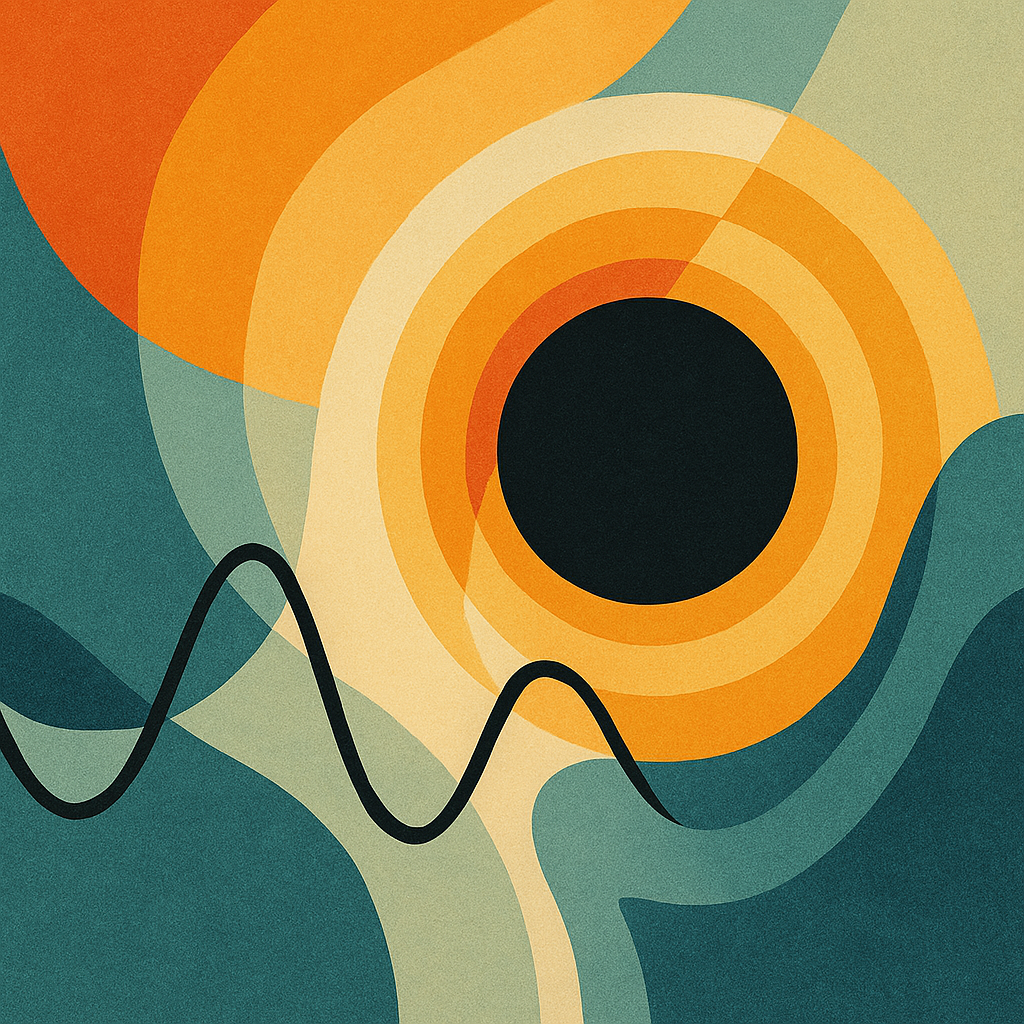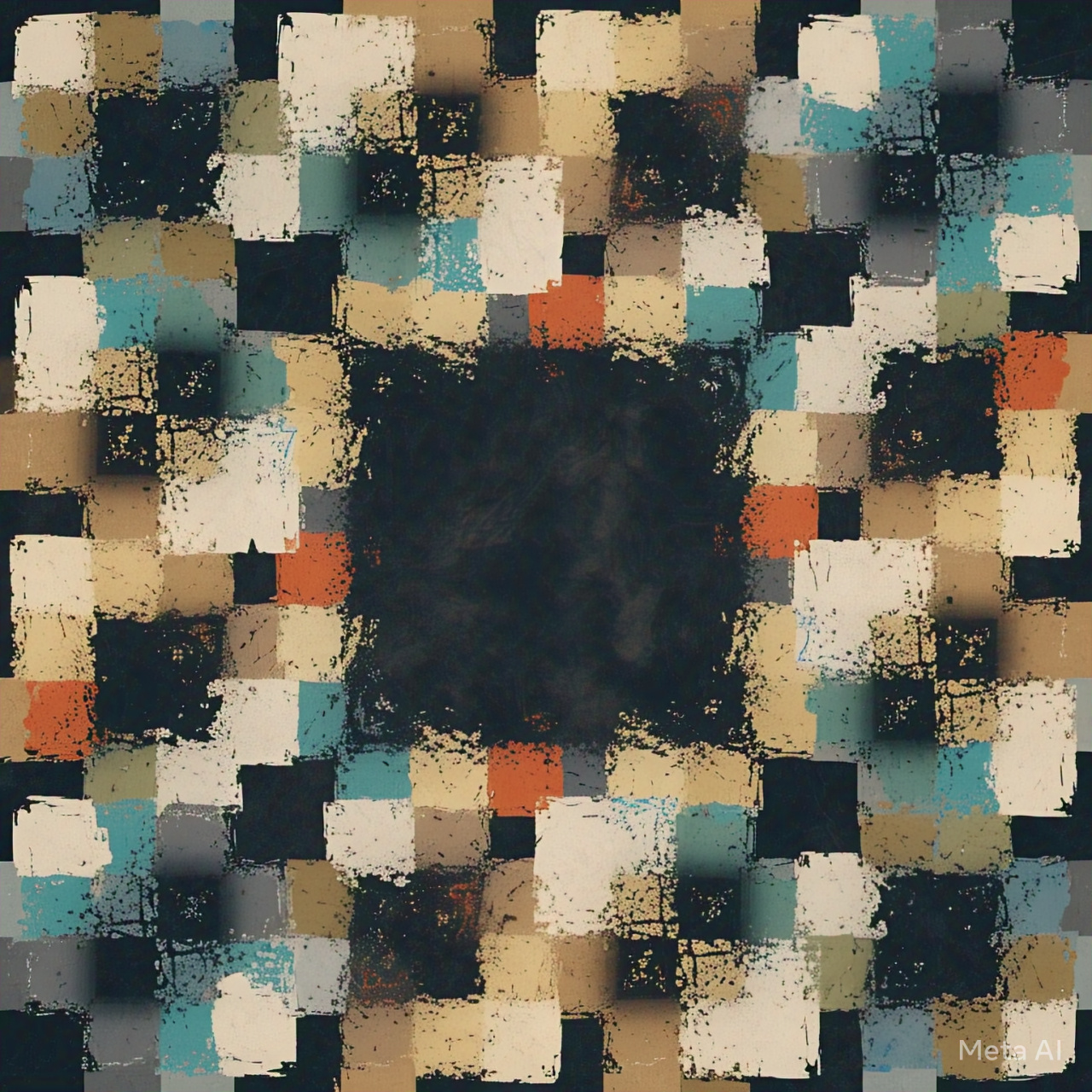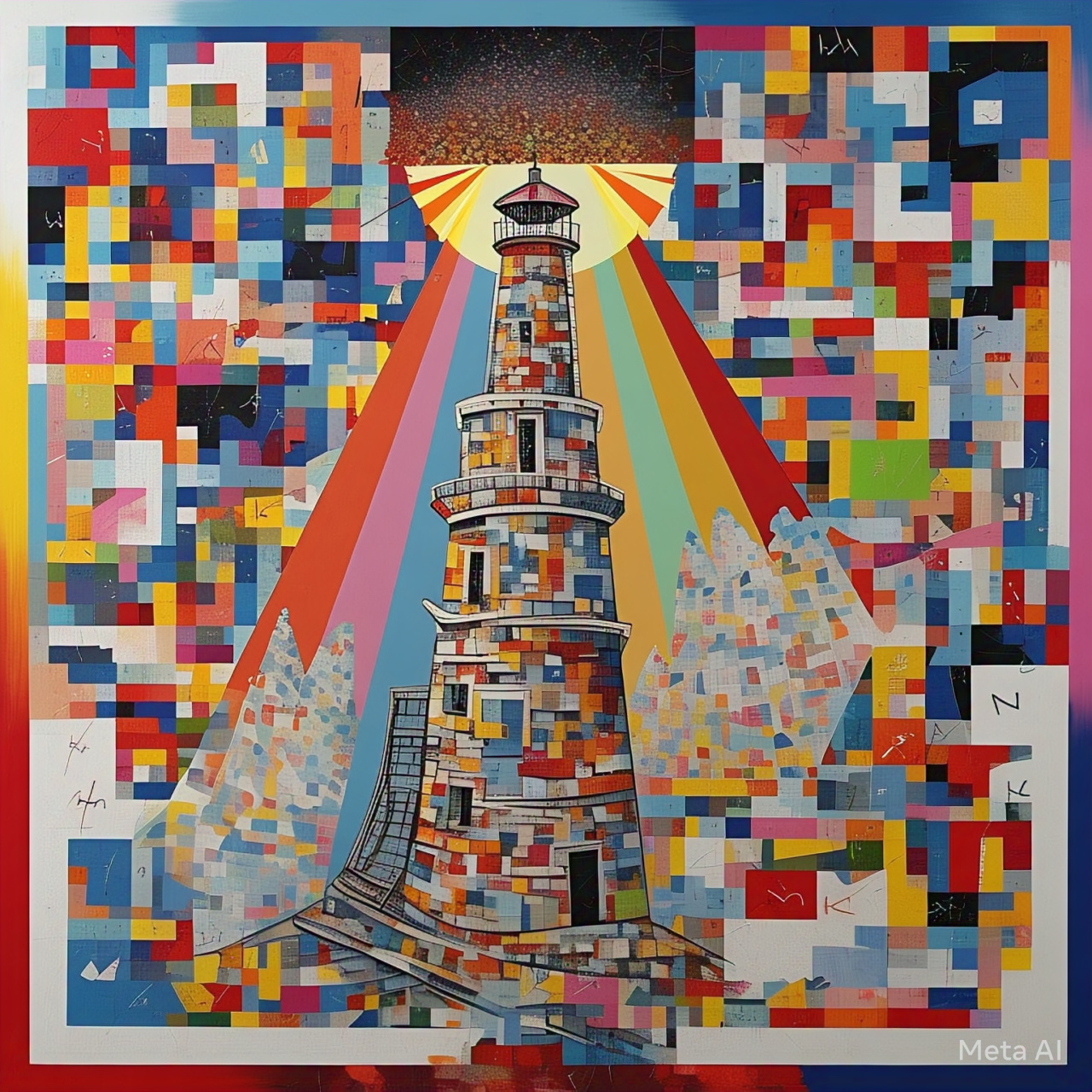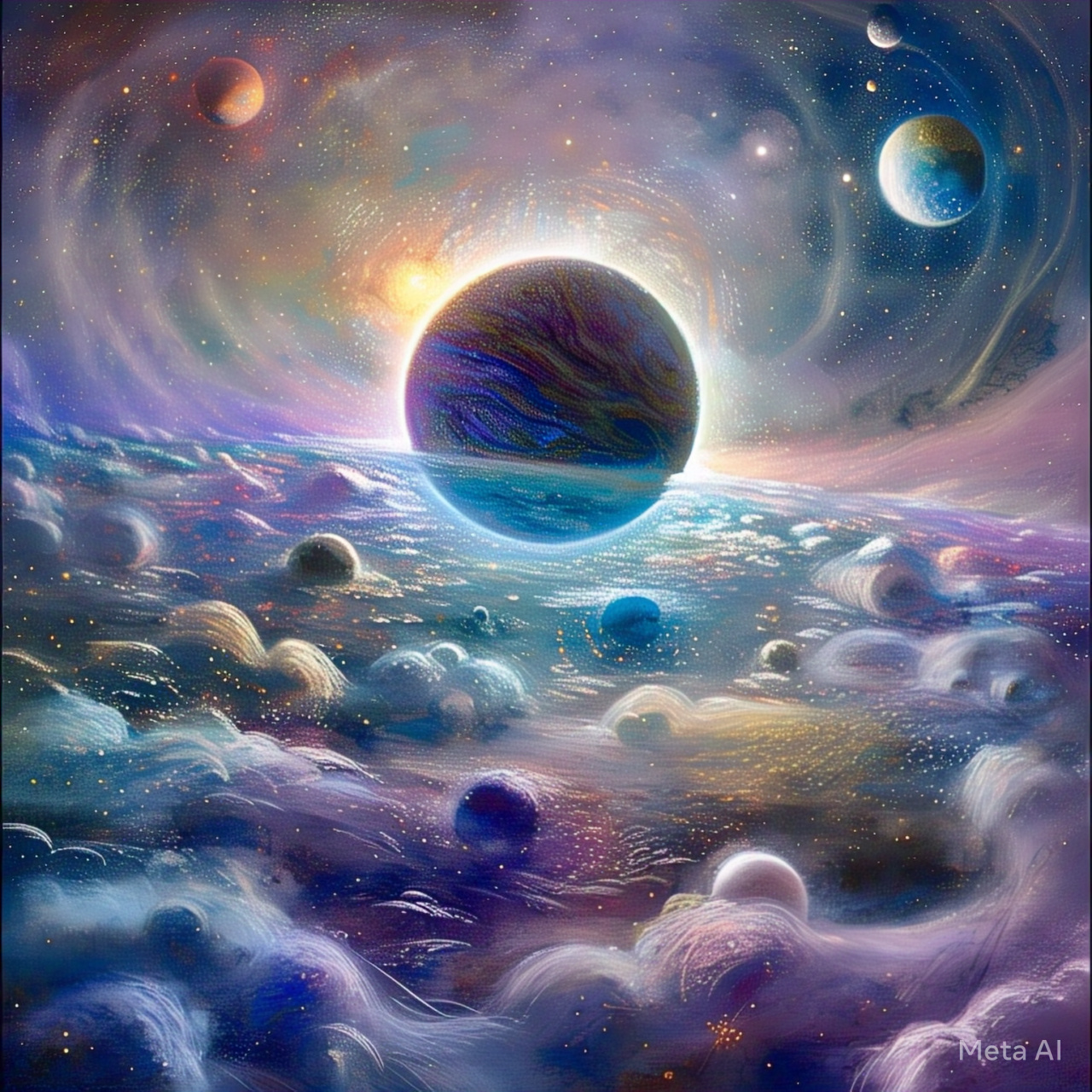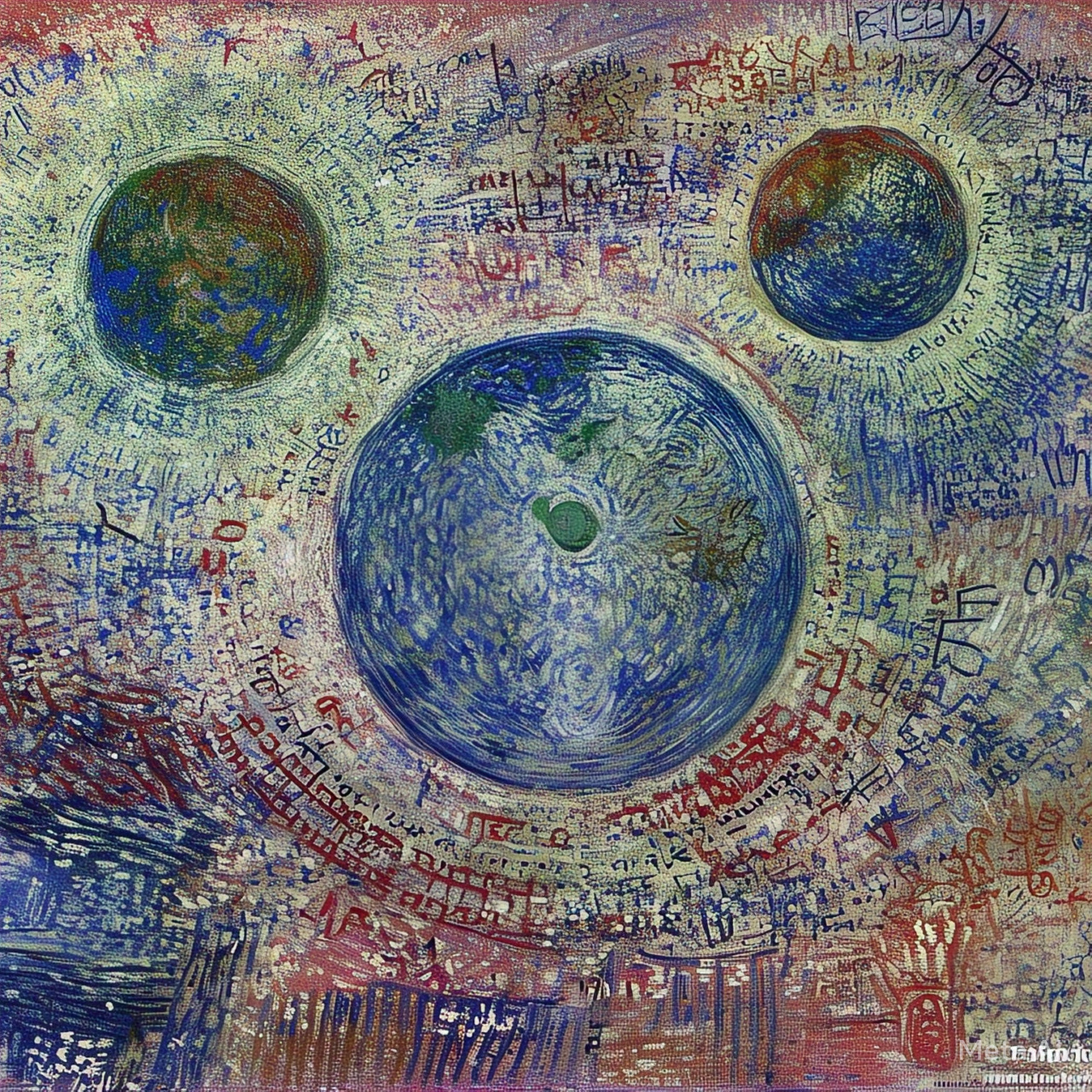Projects
My work spans astrophysics, machine learning, and computational physics - fields rich with discovery. Below are recent projects, each paired with an AI-generated image inspired by keywords from the description. Click on the images to explore the projects further.
Gaussian Process Radial Velocity Modelling
Radial velocity signals are often buried in noise from stellar activity. During my MPhil thesis, I re-examined the putative detection of L98-59b by applying Gaussian Process models in a nested sampling simulation to disentangle stellar signals from planetary ones.
These models have significant potential for application in other planetary systems and represent a powerful tool for refining exoplanet discoveries.
Custom Diffusion Models
Diffusion models have become a cornerstone of modern machine learning. I built a Denoising Diffusion Probabilistic Model (DDPM) in TensorFlow, trained on MNIST. I also implemented Gaussian blur degradation and a custom cold diffusion method. This project showed the flexibility of diffusion models for high-quality data generation and broader applications
The experience also provided me with hands-on expertise in training deep learning architectures, from data preparation to model optimisation.
Bayesian Inference for the Lighthouse Problem
I applied Markov Chain Monte Carlo (MCMC) methods, specifically the No-U-Turn Sampler (NUTS), to solve the classical Lighthouse Problem. This Bayesian approach allowed for accurate inference of the lighthouse's position based on noisy detector data along a coastline.
This problem are based on an old Cambridge problem sheet question by S. Gull and is discussed in the text book by D. S. Sivia, “Data Analysis: A Bayesian Tutorial”.
Kepler Exoplanet Analysis
The Kepler mission opened a window into the study of exoplanets. In this project, I focused on four potentially habitable planets, analysing photometric data to assess their orbital parameters and atmospheric properties. This work involved advanced statistical techniques to extract meaningful insights from complex datasets.
Understanding these distant worlds not only feeds into larger cataloging efforts but also pushes us closer to identifying planets that might harbor life.
Runge-Kutta Simulations for Three-Body Dynamics
The Restricted Three-Body Problem presents an elegant challenge in celestial mechanics. I implemented Runge-Kutta numerical methods to simulate Lagrange points, where gravitational forces balance perfectly. These points have implications for spacecraft trajectory planning and understanding orbital stability in multi-body systems.
This simulation offered a fascinating glimpse into the complex interactions that govern planetary and satellite motion.
